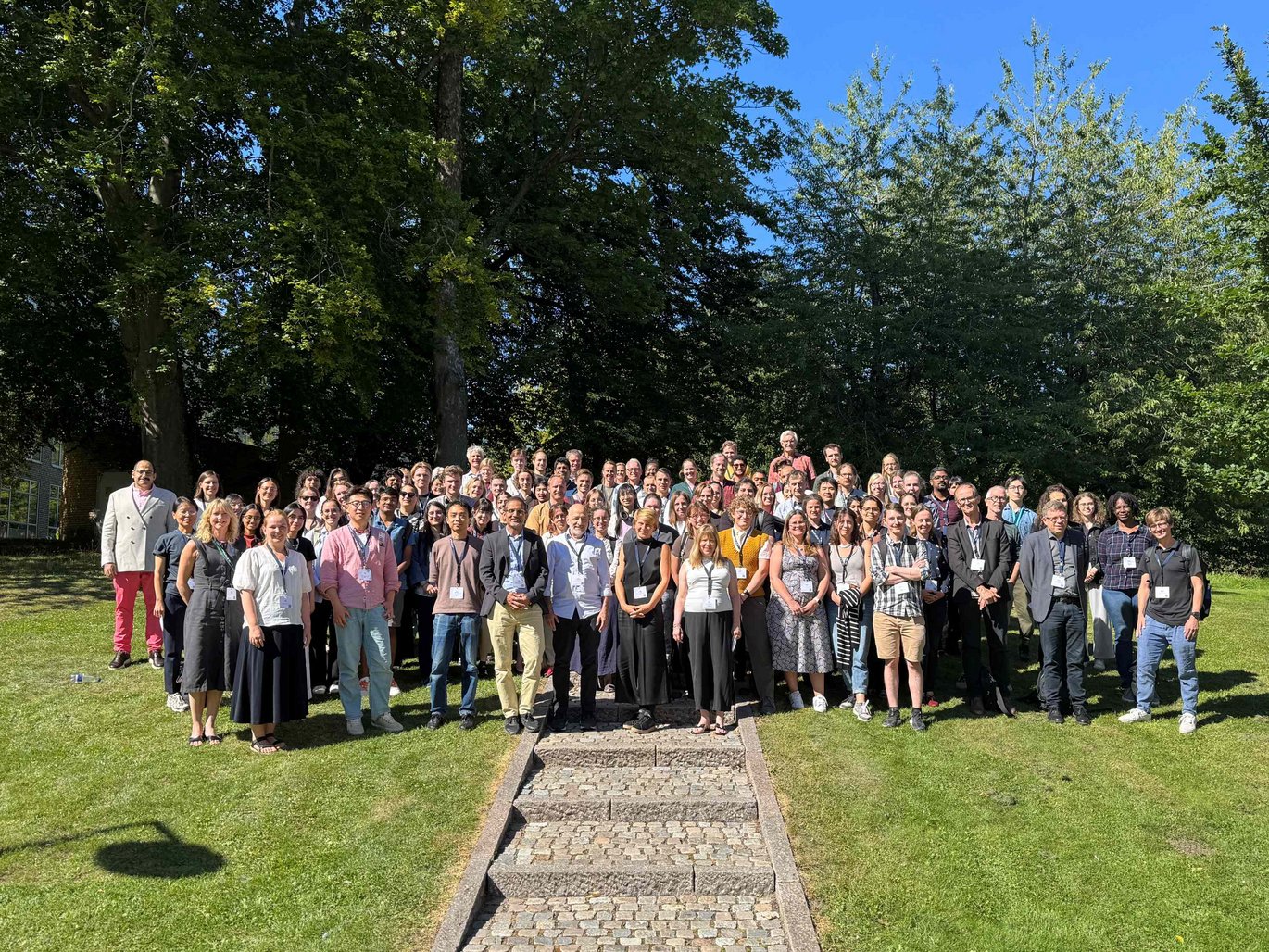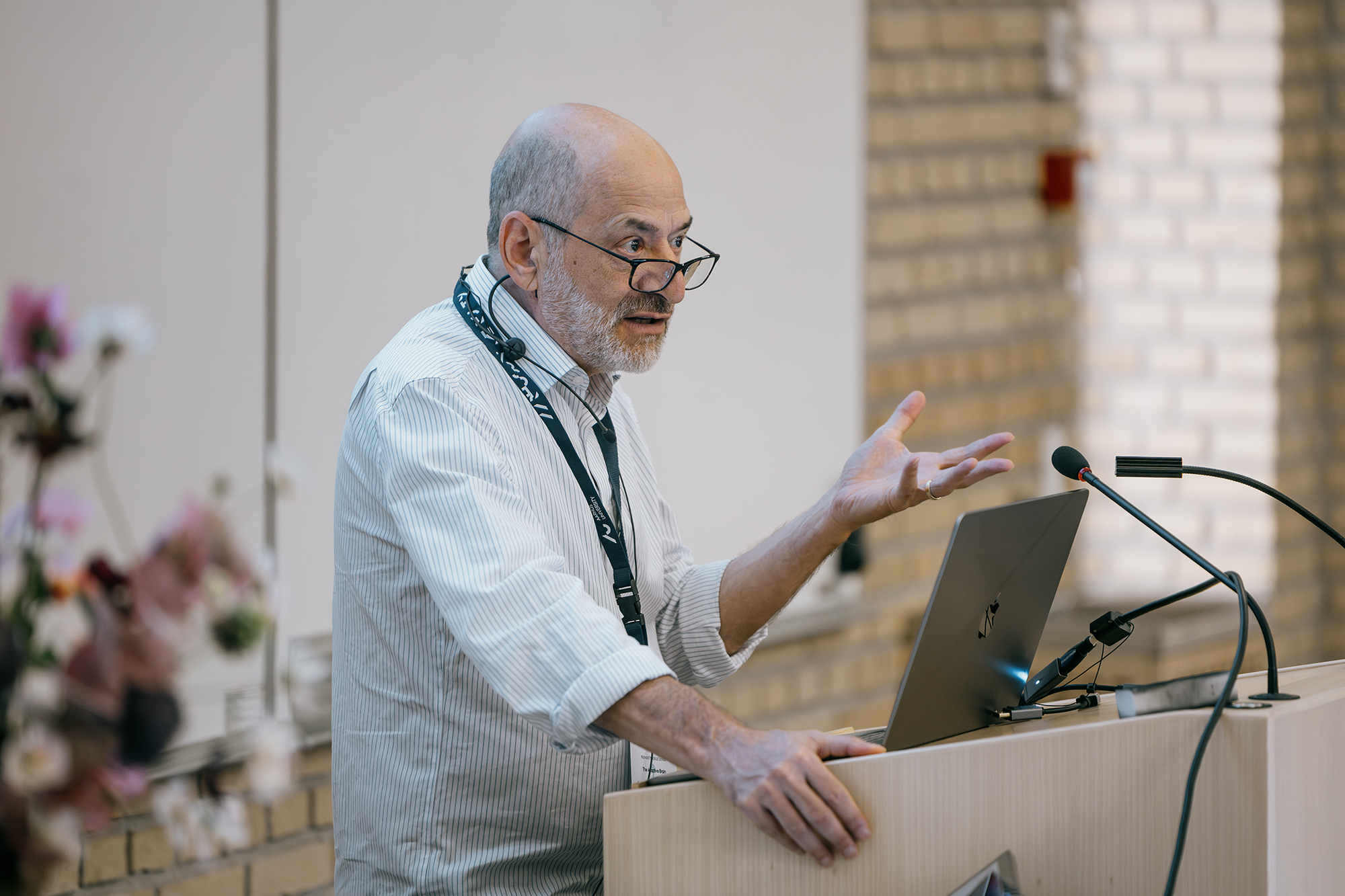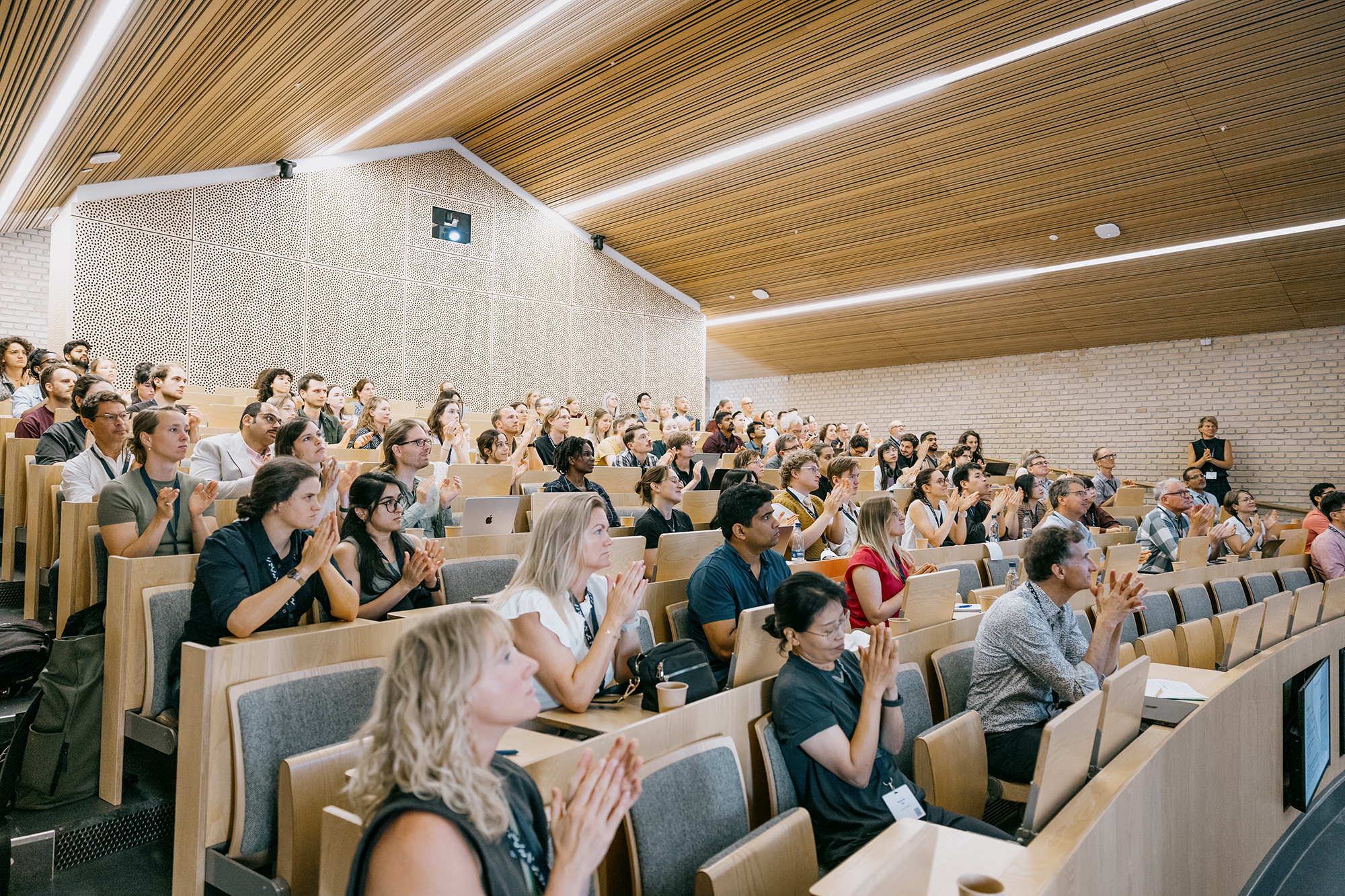The first DANDRITE Symposium - a celebration of new frontiers in neuroscience
Over the course of two days, DANDRITE hosted fantastic seminars from leading international scientists as well as the next generation of researchers, all addressing the central theme: adaptability in the brain. Ranging from molecular mechanisms of gene regulation to circuit-level plasticity, the program reflected the breadth and depth of neuroscience research.



The first DANDRITE Symposium has come to a close, and it was everything we hoped for: excellent research talks, inspiring discussions, and a buzzing atmosphere of curiosity and collaboration.
Scientific highlights
Keynote speakers and invited guests emphasized both the timeless questions in neuroscience and the new tools reshaping how we approach them.
Several talks highlighted the role of activity-regulated genes and transcription factors in shaping neural circuits, underscoring how gene expression programs enable plasticity and identity in the nervous system.
Researchers showcased how emerging technologies, such as lineage tracing, single-cell analysis, and AI-driven data integration, are enabling us to revisit fundamental questions with unprecedented resolution.
The adaptability theme extended beyond neurons: we heard how microglia, the brain’s most plastic immune cells, respond rapidly to environmental challenges, and how their behavior contrasts with the long-term stability of neurons.
Across the sessions, a common thread emerged: understanding which cells, synapses, and networks are truly plastic may hold the key to repairing our brain.
A meeting of generations
The poster session stood out as a highlight for many participants. Senior scientists emphasized how energizing it was to engage with young researchers—from master’s students to postdocs and early faculty—asking questions, exchanging ideas, and offering encouragement. This lively exchange truly embodied the spirit of DANDRITE: curiosity-driven, collaborative, and forward-looking.
It was Postdoc Yumiko Kitazawa from Kitazawa Lab at DANDRITE and Assistant Professor Arun Mariappan from Tiwari Lab at SDU who won the two Poster Prizes – congratulations!
The future of the field
While the symposium showcased remarkable progress, speakers also reflected on the field’s future. Some emphasized the importance of staying grounded in fundamental, mechanistic neuroscience, even as large-scale datasets and translational applications expand. Others highlighted opportunities at the intersection of molecular biology, systems neuroscience, and computational approaches, where the next breakthroughs may emerge.
What was clear throughout the days is that adaptability—in science as much as in the brain—is what drives discovery.
“The symposium featured great speakers and offered very insightful presentations. Equally impressive was the commitment of the speakers to engage with trainees, which meant a great deal to them. The relatively intimate size of the symposium—around 110 attendees—enabled dense, meaningful interactions throughout the event,” says Group Leader Taro Kitazawa who was one of the organizers together with Group Leader Chao Sun.
See you again in 2027
We are deeply grateful to all the speakers, participants, and especially the organisers who made this event possible. Your dedication and enthusiasm created an unforgettable first symposium.And yes—many of our guests said they are already looking forward to coming back. So are we. See you at the next DANDRITE Symposium in 2027!
About the DANDRITE Symposium 2025
- 114 participants
- Representing 12 countries, including high-profile institutions such as Harvard, MIT, Yale, MPI, EPFL, Biozentrum, and Mount Sinai
- 51 posters
- Keynote speakers:
- Michael Greenberg, Professor, Harvard University
- Elly Nedivi, Professor, MIT
- Alex Schier, Professor, Biozentrum
- Anne Schaefer, Professor, Icahn Medical School, Mount Sinai
- See pictures and key take aways from the keynote speakers
